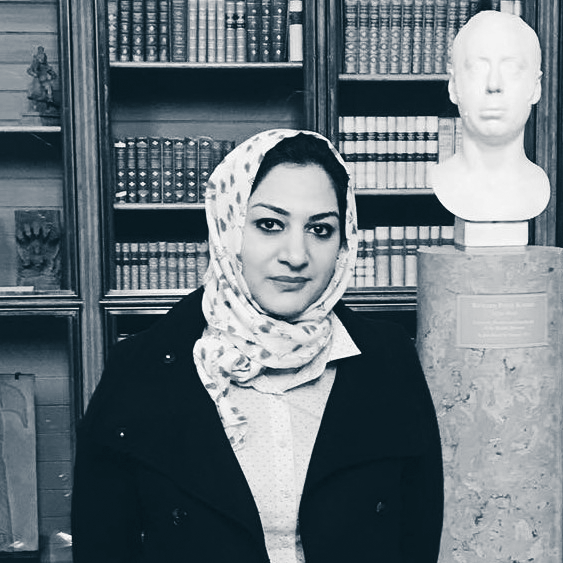Dr. Ula Merie
Associate

Short CV
- Since 05.2023: Associate at the GIGA Institute for Middle East Studies
- Since 2020: The Epidemic Urbanism Initiative: Regional liaison
- Since 2020: The Nahrein Network, University College London: Management Committee member
- 2022-2023: The Academic Research Institute in Iraq (TARII): Research Fellow
- 2015-2019 : PhD in Architectural Theory, Space, Cultures and Politics, Sheffield School of Architecture, University of Sheffield
- 2008-2010 : MSc Architecture : Urban Design and Housing Planning, Department of Architecture, University of Baghdad
Current Research
- architectural humanities (history and theory)
- architecture of home and heritage in post war cities
- spatial justice
- conflicted identity(s), politics, ethics and gender equality
- urban environments contestation
Countries and Regions
- Iraq
- Middle East
Research Programmes
Awards
- IAICS Pioneer Awards, 2022
